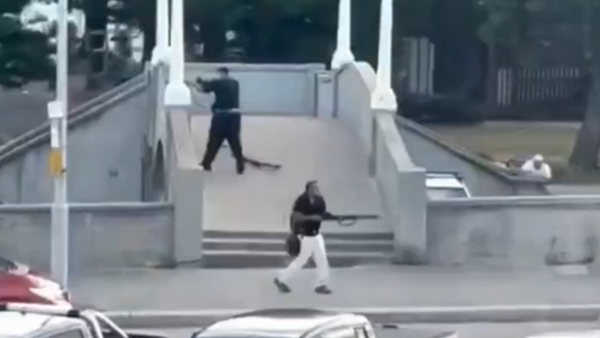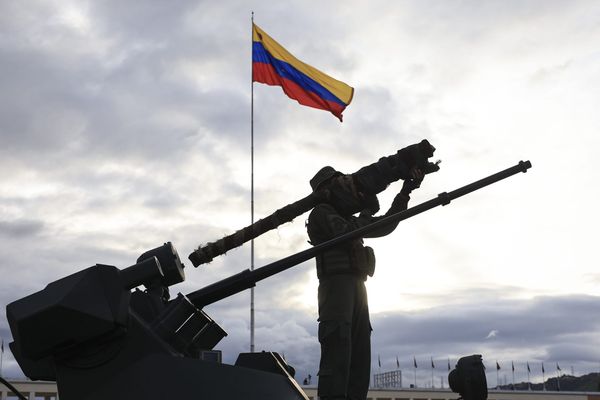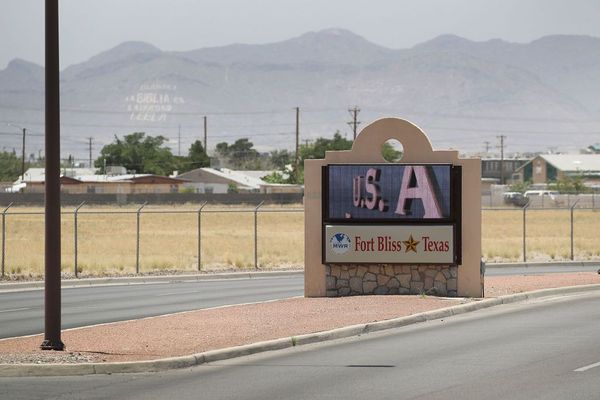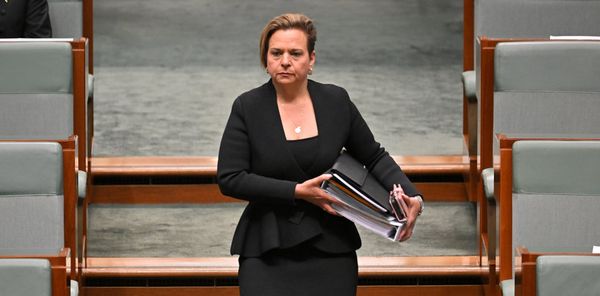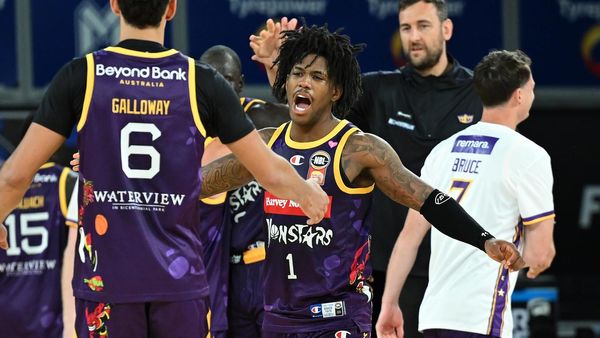
It was lunchtime on a Sunday in April when Martin Bryant pulled out a semiautomatic rifle and killed 12 people in 15 seconds within the close confines of the Broad Arrow cafe in the historic site of Port Arthur, Tasmania.
The 1996 massacre, which went on to claim the lives of 35 people and wound a further 23, prompted an unprecedented overhaul of Australia’s gun laws.
“It means that this country, through its governments, has decided not to go down the American path,” the then prime minister, John Howard, said as he pushed through a new national firearm agreement with the states.
“It will involve sacrifice by some … but most of them I think will understand that there is a greater common good.”
In the wake of the shooting, images of truckloads of guns being sent to scrap-metal yards became emblematic of the government response at the time: a dramatic, national gun buyback that removed more than 650,000 weapons from the community.
Sign up: AU Breaking News email
As well as the gun amnesty, the government restricted semiautomatic weapons and introduced tighter licensing requirements, including the need for gun holders to demonstrate a “genuine reason” for ownership – which cannot include self-defence.
The world-leading reforms led to an immediate decrease in the number of guns in the community.
But while Australia has long been heralded as the gold standard for gun control, almost 30 years later a Guardian investigation has found that the landscape is shifting.
Gun numbers are on the rise – there are now more than 4m firearms in the Australian community, almost double the 2.2m weapons recorded in 2001, after the national firearms agreement, according to a report commissioned by gun safety groups.
At least 2,000 new guns are lawfully entering the community every week.
And while the number of gun licence holders per capita has gone down as Australia’s population has soared, there is now a larger number of guns in the community per capita than there was in the immediate aftermath of the crackdown.
That’s because the number of guns each licence holder has is going up – gun owners now average more than four firearms for each licence. In Sydney New South Wales firearm register data shows that there are more than 70 individuals who own more than 100 firearms. (Crucially, these are not deemed to be collectors, whose weapons are not functional.)
And, despite the Howard reforms promising uniform gun laws throughout Australia and the establishment of a national firearm register, 30 years later this is not a reality.
The states and territories are creeping towards the establishment of a new national firearms registry but the gun lobby is pushing back as the details of how it will operate are still being negotiated.
Other provisions of the national firearms agreement remain unimplemented, the country still has a hodgepodge of state-based laws and a lack of data transparency makes understanding Australia’s gun landscape difficult. In NSW the government is considering enshrining a new “right to hunt” in law, while in WA shooting groups are mobilising against tough new licensing requirements.
There are also growing concerns about weapons that circumvent the gun licensing system entirely. 3D-printed firearms of increasing sophistication are now routinely seized by police as Australians tap into an online ecosystem that glorifies a so-called “unlimited right to keep and bear arms”.
“We all got together after Port Arthur and everybody pulled together with the ban [on some semi-automatic and pump-action firearms] and the buyback,” said Andrew Hemming, an expert in criminal law at the University of Southern Queensland. “Well, the reality is … if anybody can make one, the sands have shifted and it’s only a question of time.” Hemming is one of several experts Guardian Australia has spoken to who have aired similar concerns about the need to tighten gun controls.
The gun lobby is quick to argue that licensed firearm holders are not the problem, likening the ownership of multiple guns to a golfer having multiple golf clubs.
But it is an inescapable fact that legal firearms have been used in many high-profile homicides and are overwhelmingly used in suicides. Over the past decade there have been almost 2,000 suicides by firearm and more than 200 homicides.
Eight OECD countries, including the UK, have lower gun homicide rates than Australia.
Gun theft is also an ongoing problem. Data compiled by Guardian Australia from state police shows that almost 9,000 firearms – most of them licensed – were stolen from 2020-24, with only a small percentage recovered.
“We have done something that will send a signal to people all around this country, that ours is not a gun culture, ours is a culture of peaceful cooperation,” Howard said in 1996 when announcing the national firearm agreement.
Almost 30 years on, Australia must grapple again with questions about its “gun culture”.
